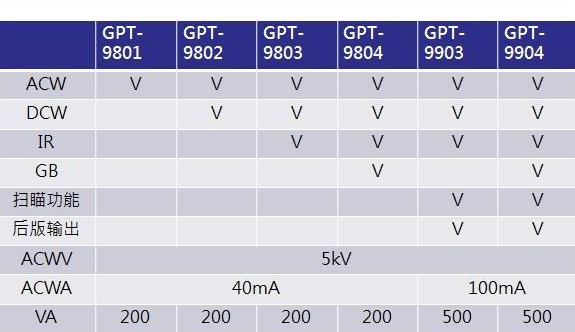
When partitioning a win10 system, there are generally two modes: MBR and GPT. So which of these two modes is better? Their differences are introduced in detail below, let’s get familiar with them in detail.
Answer: Generally, they are MBR partitions. There are only detailed differences between MBR and GPT that do not exceed 1T hard disk space.
Only motherboards based on the UEFI platform support GPT partition boot. If you only have a 120G SSD solid state drive, just choose the MBR partition table.

MBR partition:
MBR means "Master Boot Record". It has its own launcher, which is the startup code. Once the startup code is If it is damaged, the system will not be able to start, and the system can only be started through repair. It supports a maximum capacity of 2TB, but there is a huge bottleneck in terms of capacity. Then GPT will become more and more dominant in future development, and MBR will gradually be replaced by GPT.
GPT partition:
GPT means GUID partition table. This is a new standard that is gradually replacing MBR. It is formed by UEFI, so there is UEFI to replace it. The old BIOS, while GPT replaces the old MBR.
This standard does not have the restrictions of MBR. Disk drives can be much larger than the operating system and file system can support.
It also supports an almost unlimited number of partitions. The limit lies only in the operating system. Windows supports up to 128 GPT partitions.
Through UEFI, all 64-bit win10, win8, win7 and Vista, as well as the corresponding servers, can be booted from GPT.

MBR partition table:
The traditional partition scheme (called MBR partition scheme) is to save the partition information to the first sector of the disk ( Among the 64 bytes in the MBR sector), each partition entry occupies 16 bytes. These 16 bytes contain the activity status flag, file system identification, starting and ending cylinder numbers, head number, sector number, hidden Contains the number of sectors (4 bytes), the total number of sectors in the partition (4 bytes), etc.
Since the MBR sector only has 64 bytes for the partition table, only 4 partition information can be recorded.
This is why the number of primary partitions on the hard disk cannot exceed 4. Later, in order to support more partitions, the concepts of extended partitions and logical partitions were introduced.
But each partition entry is still stored in 16 bytes. The number of primary partitions cannot exceed the limit of 4. In many cases, 4 primary partitions cannot meet the needs.
The most important thing is that the MBR partition scheme cannot support disks with more than 2TB capacity.
Because this solution uses 4 bytes to store the total number of sectors in the partition, the maximum number of sectors that can be expressed is 2 to the 32nd power. Calculated based on 512 bytes per sector, the maximum number of each partition Cannot exceed 2TB.
After the disk capacity exceeds 2TB, the starting position of the partition cannot be expressed.
In an era of rapid advances in hard drive capacity, the 2TB limit has long been broken. It can be seen that the MBR partitioning scheme can no longer meet the needs.

GPT Partition Table:
A disk partitioning architecture used by the Extensible Firmware Interface (EFI) in Itanium-based computers.
GPT has more advantages than the Master Boot Record (MBR) partitioning method,
because it allows up to 128 partitions per disk and supports up to 18 Gigabit Volume size in bytes,
Allows the use of primary and backup disk partition tables for redundancy, and also supports unique disk and partition IDs (GUIDs).
With support for a maximum volume of 2 TB (terabytes) and up to 4 primary partitions per disk
(or 3 primary partitions, 1 extended partition and unlimited logical drives) Compared to the Master Boot Record (MBR) disk partition style, the
GUID Partition Table (GPT) disk partition style supports a maximum volume of 18 EB (exabytes,
1EB=1024PB,1PB= 1024TB, 1TB=1024GB, 1GB=1024MB, 1MB=1024KB.
18EB=19 327 352 832GB) and each disk has a maximum of 128 partitions.
Unlike MBR-partitioned disks, critical platform operating data is located in the partition, not in non-partitioned or hidden sectors.
In addition, GPT partition disks have redundant primary and backup partition tables to improve the integrity of the partition data structure.

The above is the detailed content of MBR vs. GPT: Which one is better for win10 partition table?. For more information, please follow other related articles on the PHP Chinese website!




